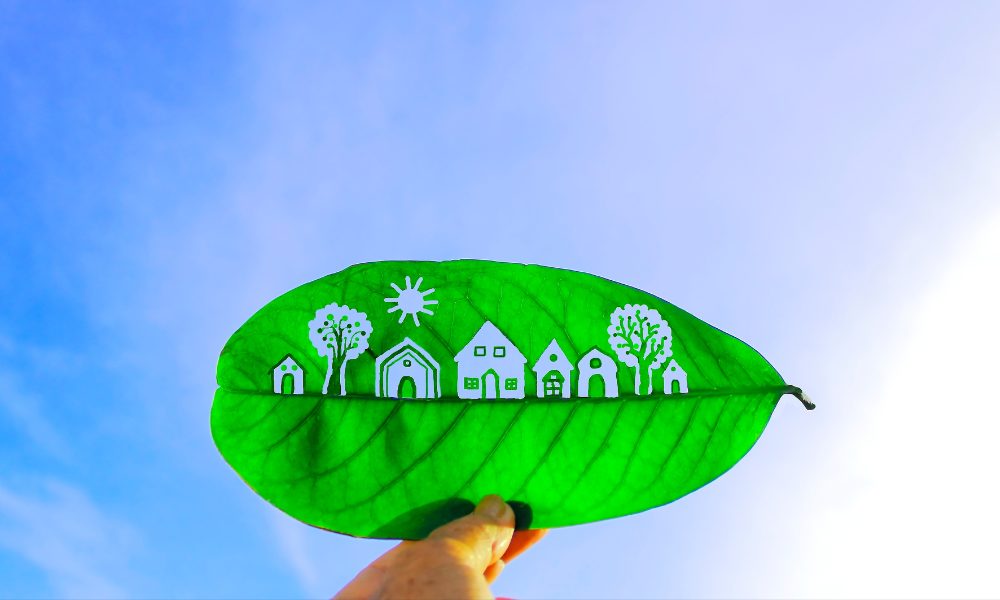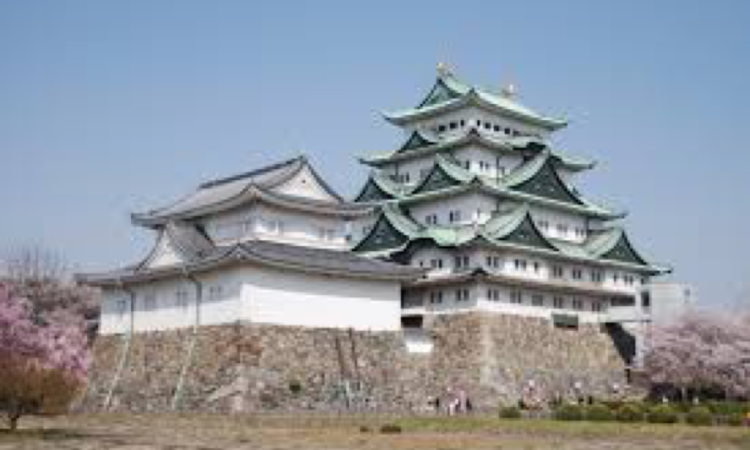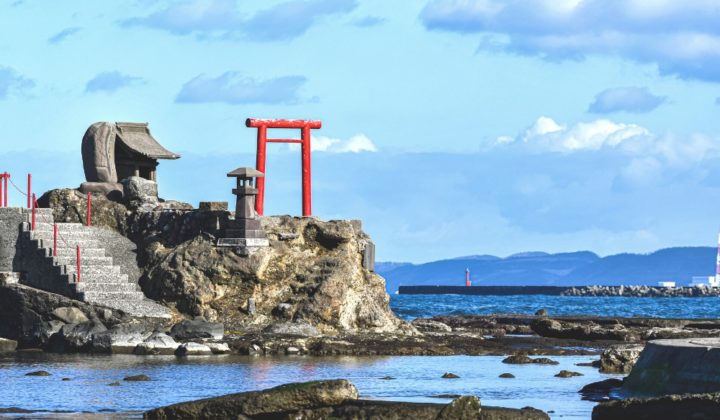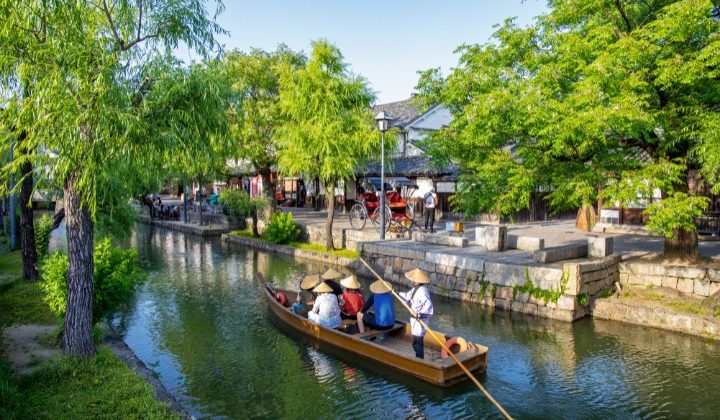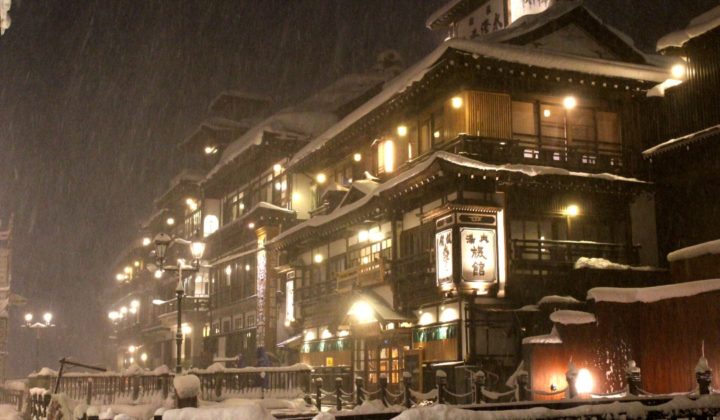Have you ever been to an eco-town in Japan? Although some changes have arisen from tragic circumstances, it’s the towns’ responses and transformations that truly matter. Japan has created a system of harmony between the economy, environment, and the enrichment of local life through these towns.
What Are Eco-Towns?
Eco-towns came about in 1997 when the METI (Ministry of Economy, Trade and Industry in Japan) and the MoE (Ministry of Environment in Japan) established a subsidy system. Eco-towns are characterized by robust legislation, advocacy for sustainability, and a dedicated emphasis on environmental technologies and ESTs (environmentally sound technologies). They emerged during a period in Japan marked by a shortage of landfill sites and the advancement of the Zero Emission Initiative.
Although creating more landfill sites offers a quick solution, Japan decided to create Eco-towns to resolve the waste issue while generating jobs for declining industries like steel and cement with the environment in mind. The overall concept was to create a big recycling system within the town, by assuring that industries would keep their waste at a minimum while finding ways to reuse it in other industries.
Each eco-town is developed according to the town/city’s characteristics which makes each one unique. Depending on the geographic target area, each town’s focus varies slightly. Metropolitan areas like Kawasaki and Kita-Kyushu are focused on creating a recycling infrastructure for municipal waste streams. While towns or villages like Minamata, focus on creating a system to improve community life and economic growth at a regional level. On the other hand, islands like Naoshima focus on developing recycling clusters and outlining environmentally conscious towns. While each town may have different goals, all eco-towns share a common trait which is the encouragement of environmental businesses.
Minamata and Their Journey to Becoming an Eco-Town
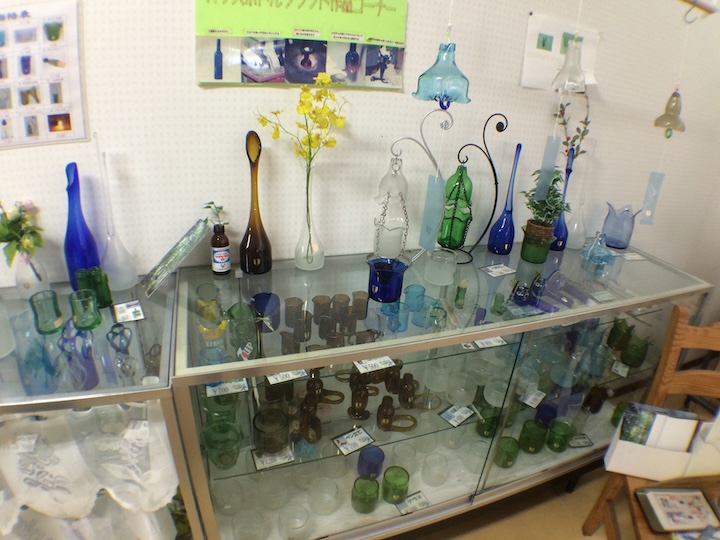
Image Credit: Author
I was able to visit one of the eco-towns located in Minamata, Kumamoto in 2016. I had the opportunity to visit several recycling factories and gain insights into their operations. A particularly captivating aspect of the tour was witnessing the creation of glass art crafted from discarded glass pieces and bottles deemed unusable by the recycling plant.

Image credit: Author
In the 1950s, the community began to notice cats exhibiting unusual behavior, such as throwing themselves into water streams and the Minamata Bay. Shortly after, some of the townspeople also began to exhibit similar behavior. They began reporting symptoms like numbness in their limbs, trouble walking, difficulty seeing and hearing. In 1959, Kumamoto University identified the source of the illness as originating from the fish, particularly those caught from Minamata Bay.
It was discovered that Chisso corporation had been discharging its chemical waste, specifically methyl mercury, into Minamata Bay, resulting in water and fish contamination. This was a big issue, given that the majority of the community was employed by Chisso and the town’s economy depended on them. Despite the corporation’s denial, they persisted in dumping chemical waste until 1968, by which time numerous individuals had already suffered adverse effects. The lasting repercussions of this tragedy compelled the town to transition into an Eco-town, expressing remorse while striving to progress.
The town’s statement reflects its commitment to learning from past mistakes and acknowledging the consequences of prioritizing economic growth over environmental responsibility. It reads: “In Minamata City, reflecting on the mistakes made when a society is structured with economic growth as the priority, we seek to establish a lifestyle where we do not pollute–where we do not put burden on the planet”. As a result, Minamata has changed drastically and continues to do so while maintaining its promise to keep the environment safe while integrating practices to enrich the economy and community. Minamata’s eco-town sits on a large plot of land where 20 hectares make up the 7 recycling centers dubbed the “Lifestyle Support Workshop.”
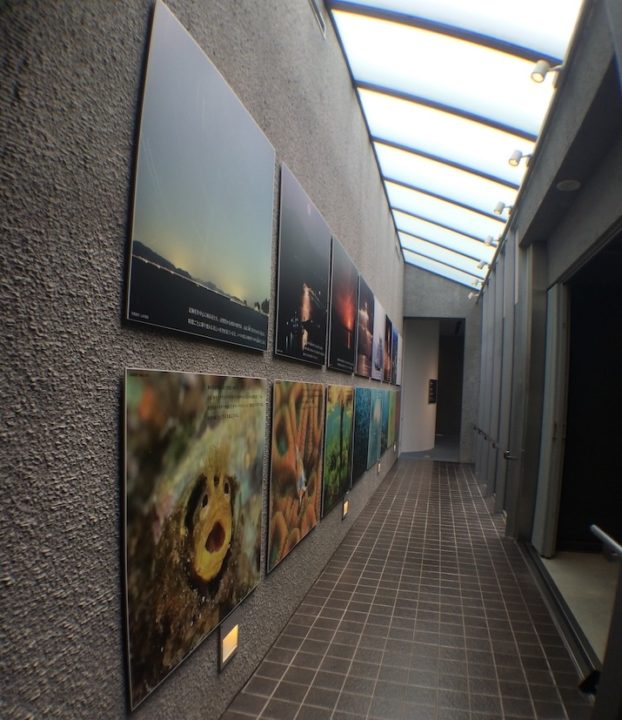
Image credit: Author
Within the eco-town, there is the Minamata Municipal Disease Museum that is open to the public where you can learn the history of Minamata and the efforts of all who have transformed the town. It’s worth visiting! Another area to go to is the eco-park that was specifically built for the community to enjoy several activities.
Where to Find an Eco-Town Near You
As of April 2022, it was reported that a total of 18 eco-towns have been established with more than 800 industries and 50 universities participating. Minamata Eco-town along with Kita-Kyushu Eco-town, Kawasaki Eco-town, and Naoshima Eco-town were subjects in case studies to research the effectiveness and planning of future eco-towns.
Although I have only been able to visit Minamata Eco-town, I hope to return to see how much has changed as well as visit other eco-towns and see what they are like. I encourage everyone to visit at least one of the eco-towns to see how they have created industrial symbiosis while helping the community. Tours are currently not available to individuals, but private group tours are possible through inquiry.
Visit Minamata Museum:
Related Articles:
- Sustainable Development Goals (SDGs): Can Japan Reach Them?
- Coco Farm & Winery: Sustainable Farming and the Special Team Behind It
- Daisugi: Japan’s Sustainable Forestry Technique
Featured image credit: Canva

